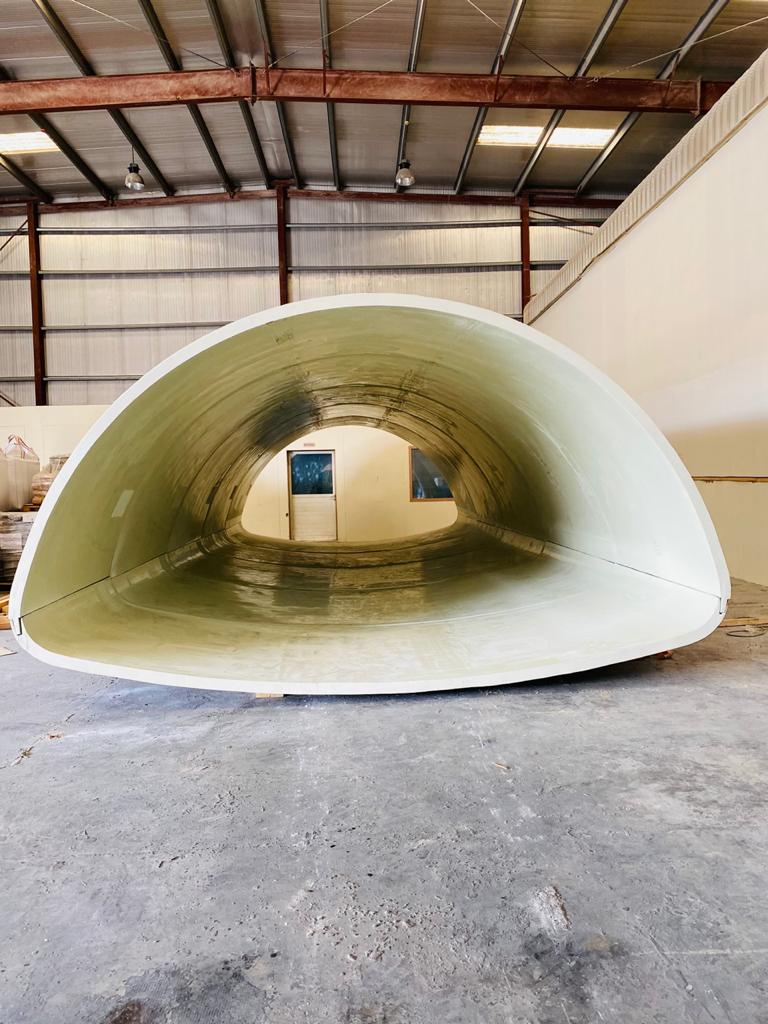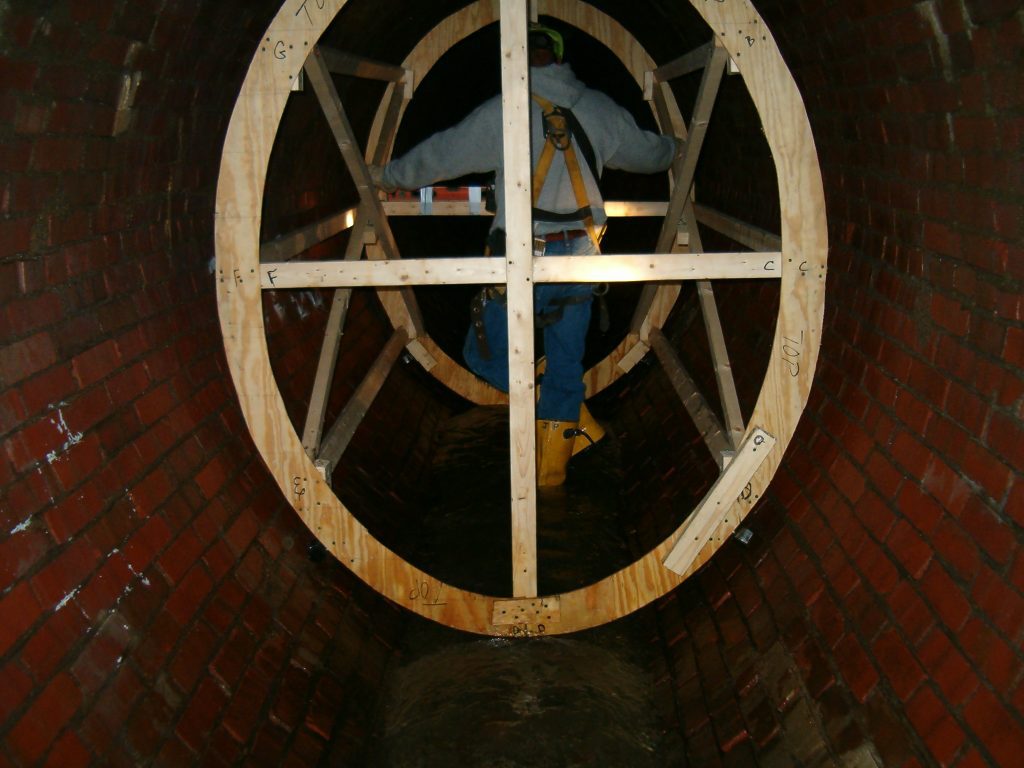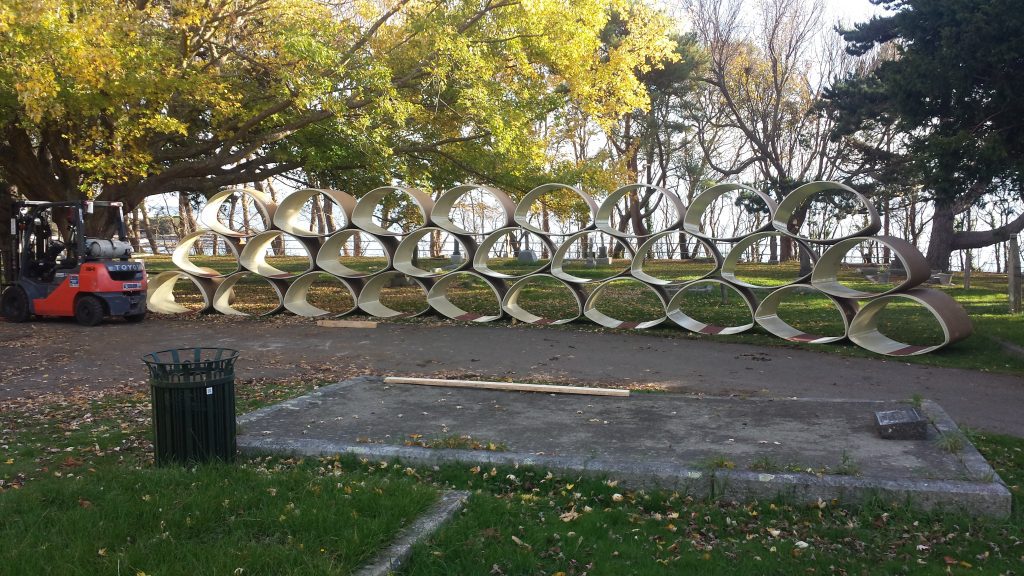Generally, the biggest cost and time savings of trenchless manhole-to-manhole lining isn’t in the technology itself, but in the process complications it helps municipalities avoid; complications common in dig-and-replace sewer renovations. Once lined, new sewer walls will retain their structural integrity for well over 50 years of standard use. Cured-in-place sewer lines perform just as well as concrete sewer lines, and in many cases are much more durable.
Not sure if your pipes are candidates for lining? Contact DL VEWS for a sewer pipe inspection, and we will help you determine the most effective and affordable technique for your project.



